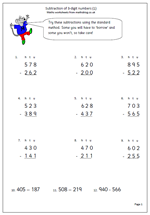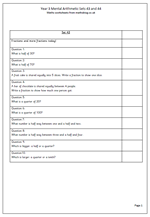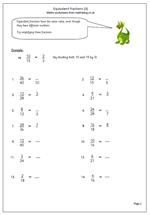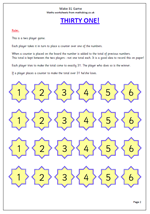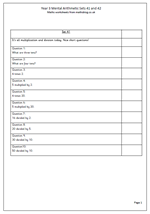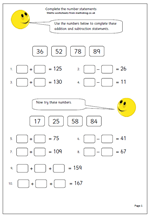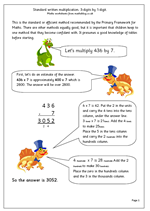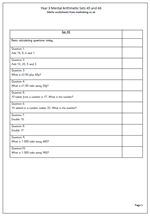 As we approach the end of the Spring Term it’s time for another set of mental arithmetic questions. This week it is a mixed bag of calculating, including money.
As we approach the end of the Spring Term it’s time for another set of mental arithmetic questions. This week it is a mixed bag of calculating, including money.
The first two questions in each set look at adding 4 small numbers. The difficulty in doing this should not be underestimated as it is as much to do with memory as addition skills. This is a much easier question if children can see the numbers, either on the printed page or on a whiteboard.
The next two questions look at addition and subtraction of money. In both cases the pounds stay the same and the pence have to be added or subtracted.
Question 6 can cause difficulties. It asks, ’10 taken from a number is 17. What is the the number?’
Watch out for the child who hears the numbers and just subtracts 10 from 17!
Finally we have some doubling questions. By now children in Year 3 should know the double of small numbers up to ten and be able to work out the double of numbers in the teens. Eventually it is hoped they will know these off by heart.
Year 3 Mental arithmetic (sets 45 and 46)
